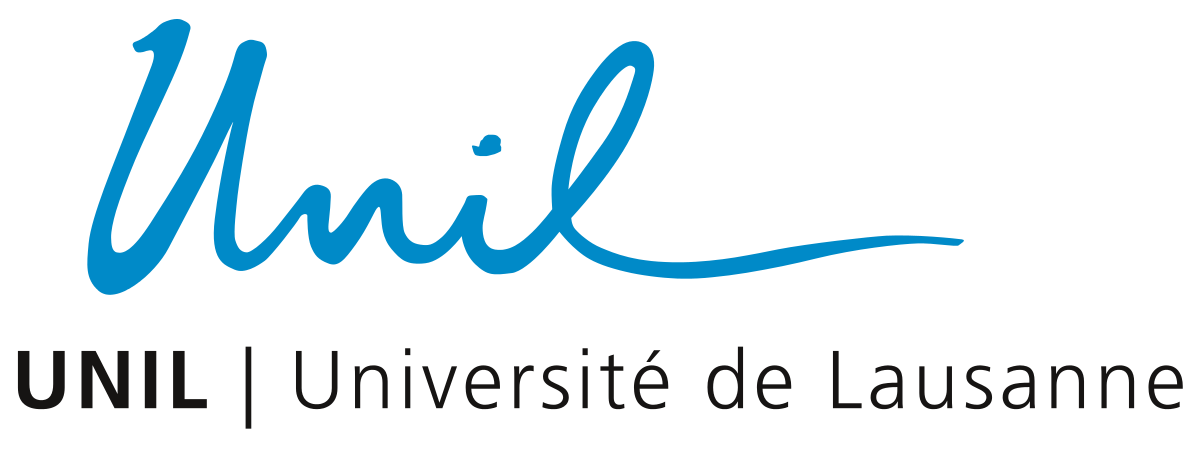Frequently Asked Questions
General, scientific and technical questions
- What is the general idea behind the Drug Design Workshop ?
- I have no background in molecular modeling, drug design or bioinformatics, can I use Drug-Design-Workshop.ch?
- I would need a glossary of technical/scientific terms. Where can I find it?
- Where are the calculations actually performed?
- How long a docking should take?
- Why are the docking of the example molecules so fast?
- Are the docking results reproducible?
- I am lost in analyzing the 3D session. Can I reset the point of view ?
- Which web browser should I use?
- What are SwissTargetPrediction and SwissADME?
Answers
What is the general idea behind the Drug Design Workshop ?
The main idea is to provide a free web-based educational tool able to introduce the basics of drug design and more specifically computer-assisted approaches. The user-friendly website aims at providing anyone with access to simple computational methods to conceive and evaluate molecules for their potential to become actual drugs. The central methodology behind this web-based workshop is molecular docking, which is a technique for predicting the way a small molecule binds to a therapeutically-relevant protein target and how strong is this binding. Molecular docking is considered as the corner stone of structure-based drug design and well-suited to learn and teach the strategies for small molecule discovery and optimization.
I have no background in molecular modeling, drug design or bioinformatics, can I use Drug-Design-Workshop.ch?
Absolutely. The web interface is thought for simplicity of input and interpretation. Most of the technical complexity is hidden. Drug Design Workshop can be used by a broad variety of users and for diverse teaching objectives (from a support to introduce concept in chemistry or biology, to more specifically put youself in the choose of a drug designer). The main target audience is high-school students guided by educators (preferably chemistry or biology teachers). Whereas the best pedagogic results were obtained when the educators have been introduced and trained to the worshop, the website is believed to be detailed enough for automomous learning (consult help and biological context pages, and pay attention to contact addresses).
I would need a glossary of technical/scientific terms. Where can I find it?
The IUPAC glossary of medicinal chemistry terms and click2drug are certainly valuable source of information.
Where are the calculations actually performed?
The whole computation necessary for docking is run on a remote sever especially set up for the Drug Design Workshop.
How long a docking should take?
Upon submission, the docking calculation is queued to wait for a free processor on the server. Up to 7 dockings can be performed in parallel. The machinery behind the Drug Design Workshop is parameterized for fast docking. You can expect a result in something like 30 secondes to 3 minutes, depending mainly on the size and flexibility of the molecule and on the size of the binding site.
Why are the docking of the example molecules so fast?
The docking results for the example molecules were precalculated, stored on the server and retrieved on demand (i.e. when drag-and-dropping the image of the corresponding example molecule).
Are the docking results reproducible?
Not fully. In order to get a docking solution quickly enough to enable true interactivity, the Drug Design Workshop has to employ a stochastic (non-deterministic) algorithm. Because such methods involve randomization at some steps to speed up the process, it can happen that two dockings of the same molecule into the same protein return different binding modes. Docking conditions were set to maximize reproducibility as much as possible. A radically different binding mode appears only every tenth dockings, approximatively. This is variable and depends principally on the size of the binding site. Convergence can be observed and confidence on the predicted binding mode is gained by running the same docking several times.
I am lost in analyzing the 3D session. Can I reset the point of view ?
Yes. Simply reload the page in your web browser.
Which web browser should I use?
The best experience is provided by using recent versions of Mozilla Firefox or Google Chrome. Safari works fine, too, but drag-and-drop must be repeated twice sometimes to start docking. Internet explorer should be avoided. Microsoft edge was not fully tested so far.
What are SwissTargetPrediction and SwissADME?
SwissTargetPrediction.ch and SwissADME.ch are professional web-based computer-assisted drug design tools, which are made for researchers. The interpretation of their output requires scientific expertise. Although those tools are not pedagogic instruments, they are included in the "To learn more..." section of Drug Design Workshop because they cover other aspects of drug design. SwissADME is a collection of models related mainly to the fate of the molecule in the body (absorption, distribution, metabolism and excretion). SwissTargetPrediction is able to predict the proteins targeted by bioactive molecules. These parameters are important in order to estimate the specificity, potential secondary effects, drug-drug interactions and toxicity of therapeutic molecules. SwissTargetPrediction and SwissADME can be useful to the Drug Design Workshop users, when guided by a specialist in the field or by an educator previously trained on these specific topics.


